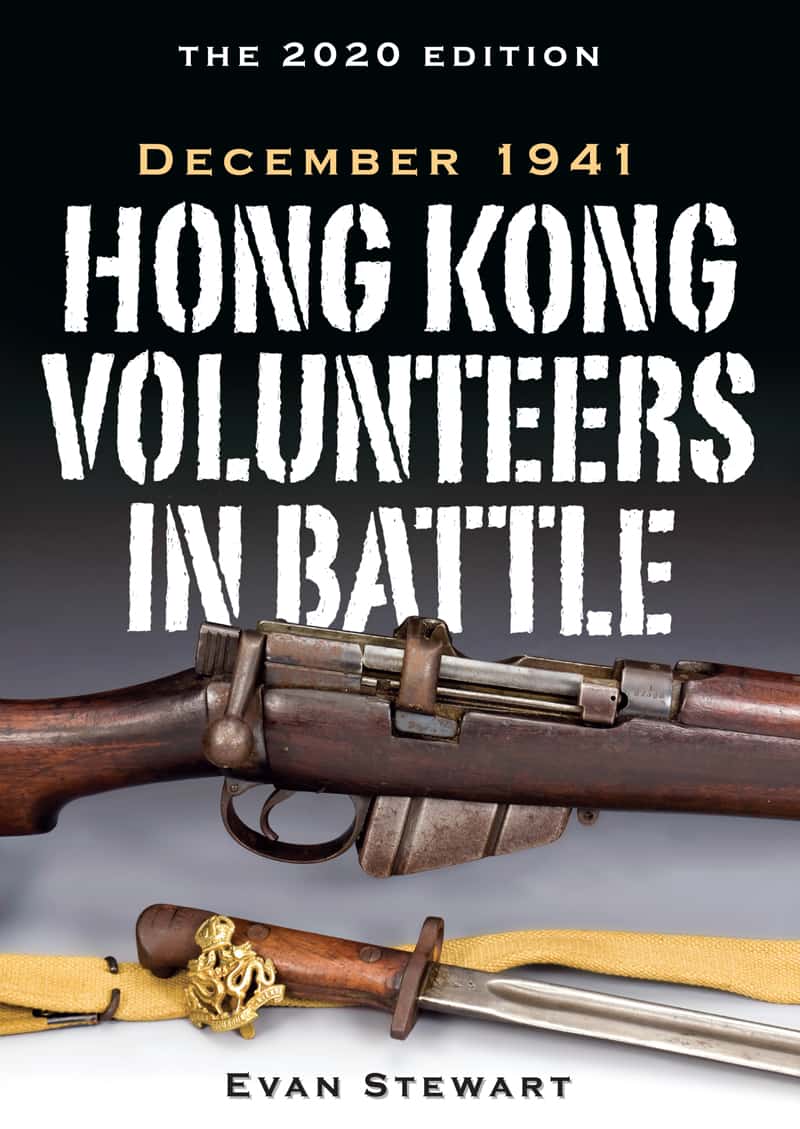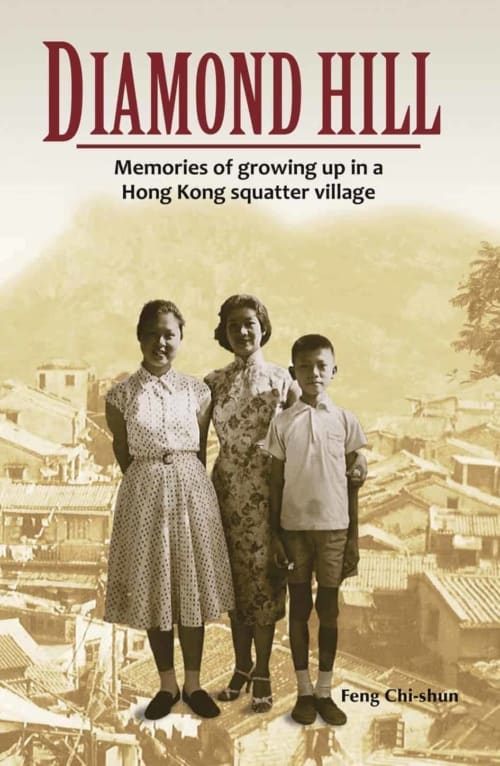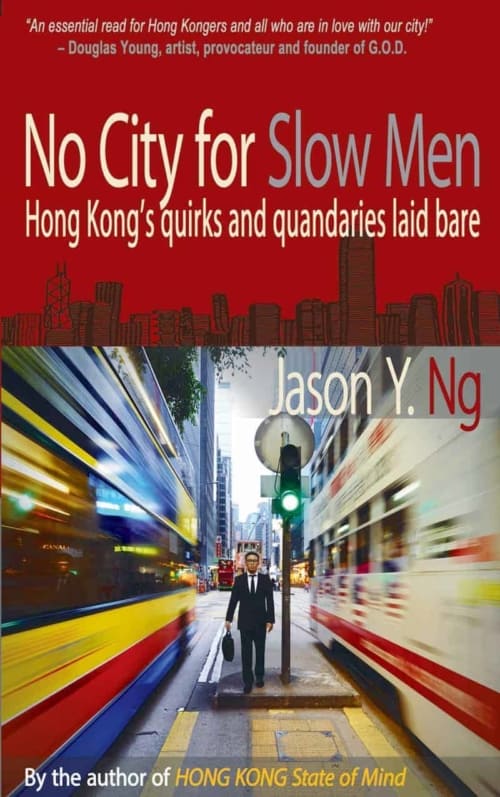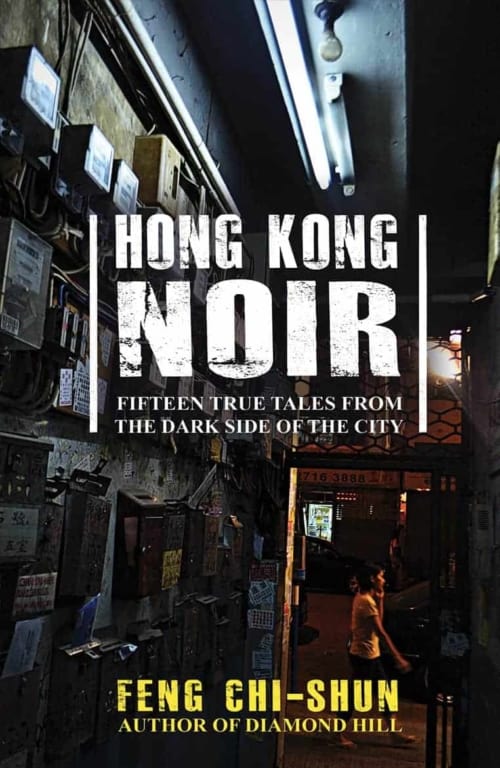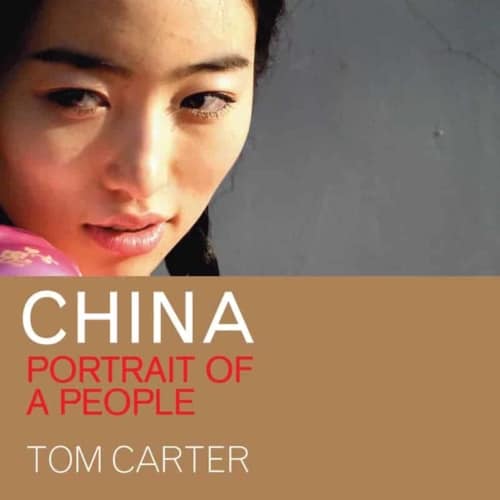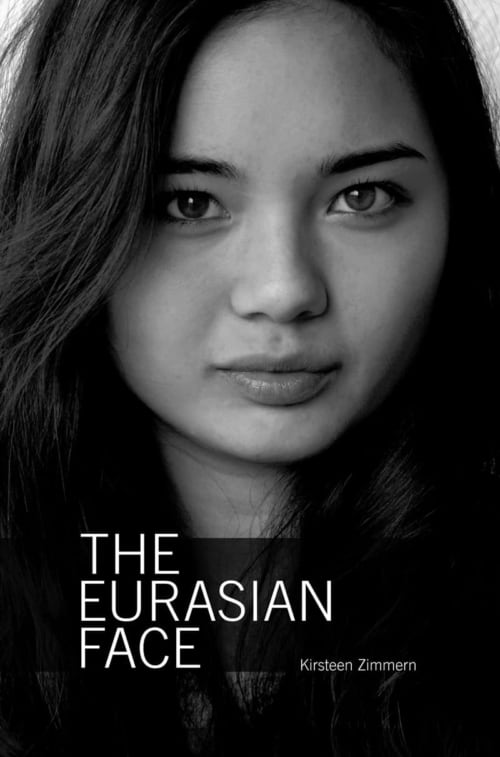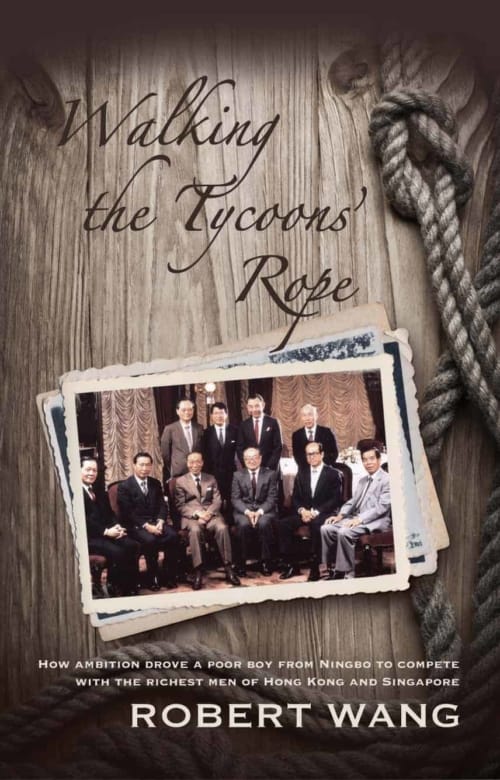On the same day as the assault on Pearl Harbor, the Japanese army attacked the British Crown Colony of Hong Kong. Among the colony’s garrison were regiments from Britain, Canada and India as well as men from the Hong Kong Volunteer Defence Corps, better known as ‘The Volunteers’.
When the battle began on 8 December 1941, the HKVDC deployed a total fighting strength of 1,900 officers and men. These were mustered into seven infantry companies, five artillery batteries and a single armoured car platoon with a full range of support units.
Over the next 17 days, until the surrender on Christmas Day 1941, the men of ‘The Volunteers’ saw action all over Hong Kong. This is the story of their battle.
